Old Cahawba Archaeological Park will welcome university archeology students from across the country next summer to study the state’s first capital as part of a new field school.
The park in Dallas County near Orrville will host two four-week cultural resource managementfield schools beginning the last week of May 2026 through July for university students and recent graduates from across the country to get hands-on training, according to Dr. William Henry, executive director of Old Cahawba Park.
The Alabama Historical Commission will lead GIS workshops and form the core instructional team, supported by volunteer professionals. The training will include cultural resource surveys, excavations, presentations, tutorials, and lab work.
Henry said the field school will culminate in public archaeology days on the last Friday in June and the last Friday in July, where the public will be invited to “get their hands dirty.” During the field school sessions, the public is invited to watch but not participate. But still, students will demonstrate techniques, give presentations, and answer visitor questions. Excavation areas will be roped for safety while allowing the public close viewing and interpretation by staff and students.
The state-supported initiative aims to expand the cultural resource management workforce, ensure cultural sites survive development pressures, and train the next generation of professional archaeologists while producing digital and physical records that strengthen preservation at Cahawba. Henry said this is not only the first field school of its kind in Alabama, but the first nationally also.
In the second phase of the school, excavations will target the area in front of Barker’s Slave Quarters to assess foundation integrity and map buried brickwork, Henry said. Exploratory trenching will seek the location of a matching slave quarters and a historically documented hexagonal multi-story privy.
GPR surveys will attempt to relocate the foundation of a brick building originally intended as Cahaba’s jail and further define features that have been made harder to see with historic farming.
Photogrammetry sessions will produce 3D models of headstones in the new cemetery and, time permitting, the Capitol-era cemetery. 3D models of artifacts such as bricks with paw prints and terrain features are planned to aid preservation and reconstruction efforts.
The cemetery preservation workshop will document and clean displaced “salt marsh stones” recovered from local fields to improve identification and archival records, Henry said.
Applications are expected to open in October for students or recent graduates in archaeology, anthropology, history, and closely related fields, though applicants from any state are welcome. Arrangements have been made for all participants, staff and volunteers to stay at Dalwhinnie Fields in Perry County during the month-long school. All the information is a www.oldcahawba.org. You can find Dalwhinnie Fields on Facebook.
Watch a video about the new school coming to Old Cahawba here.
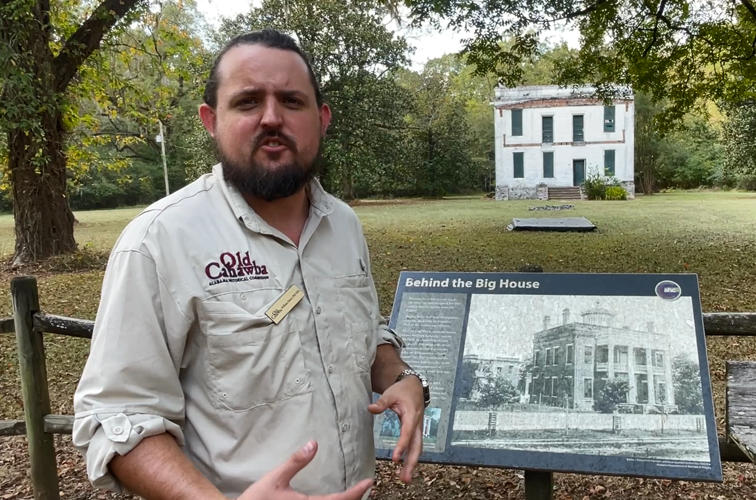
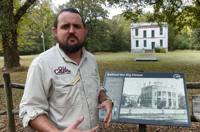

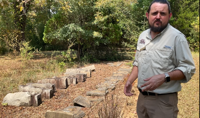

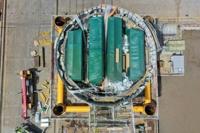

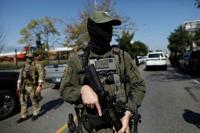









(0) comments
Welcome to the discussion.
Log In
Keep it Clean. Please avoid obscene, vulgar, lewd, racist or sexually-oriented language.
PLEASE TURN OFF YOUR CAPS LOCK.
Don't Threaten. Threats of harming another person will not be tolerated.
Be Truthful. Don't knowingly lie about anyone or anything.
Be Nice. No racism, sexism or any sort of -ism that is degrading to another person.
Be Proactive. Use the 'Report' link on each comment to let us know of abusive posts.
Share with Us. We'd love to hear eyewitness accounts, the history behind an article.